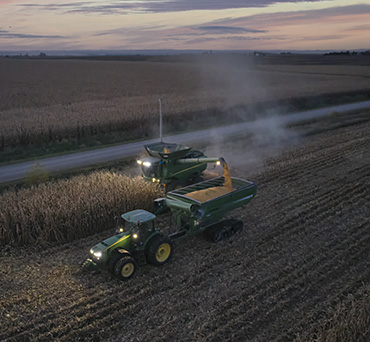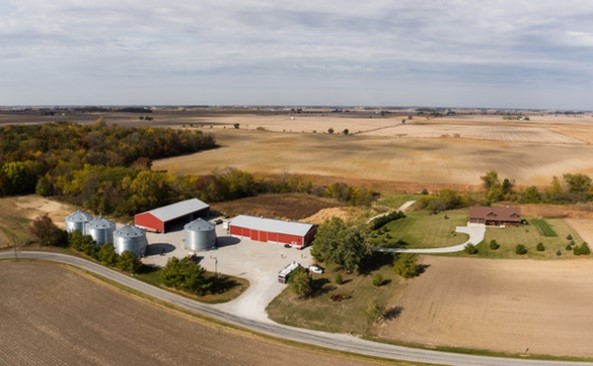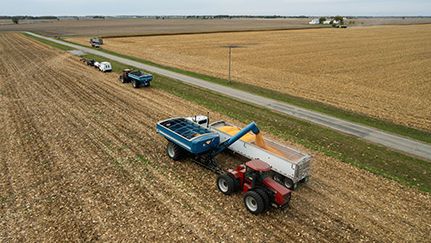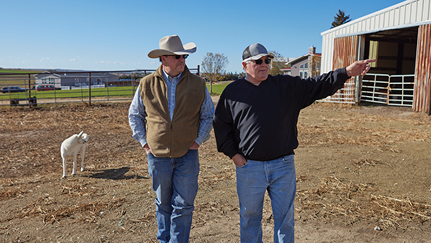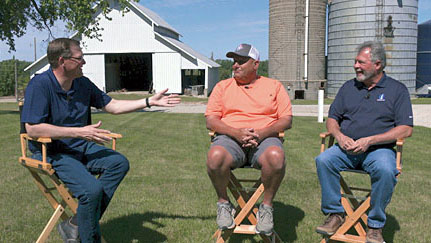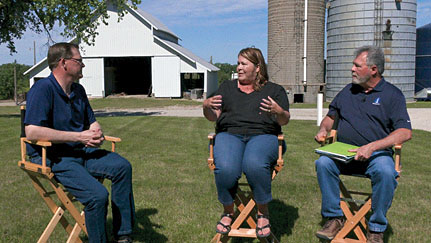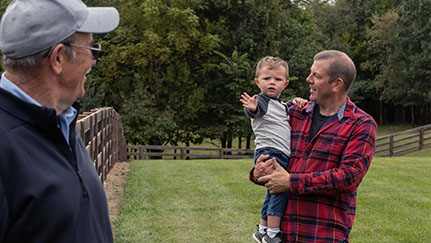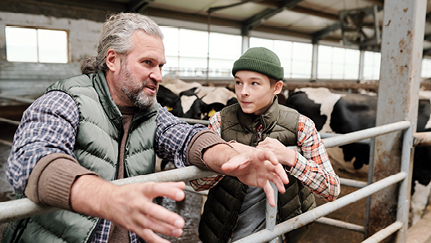Farmland Lease Management Video Series
Produced by Nationwide and moderated by Andrew McCrea, farmer and host of the award-winning radio show “The American Countryside,” these videos feature a panel of farmland experts discussing how landowners and renters can work together to create and maintain mutually beneficial partnerships.
Part 1
Part 2
Part 3
New to owning or renting farmland?
Our most recent information for new farmland owners and renters
Currently farming?
Look to Nationwide for the latest information to help keep you and your farmland protected.
Get started with the information below, then explore our Ag Insight Center for more expert tips to help you navigate the changing agricultural landscape, run a successful business and maintain the safety of your operation.
Retiring or retired from farming?
Talk with our Land As Your Legacy® team of professionals.
Working together, we’ll help you preserve the legacy that you and your family have worked so hard to build.
Our most recent information for retired or retiring farmland owners
Get more information
Learn about Nationwide agribusiness insurance
Subscribe to the Ag Insight Center email newsletter
